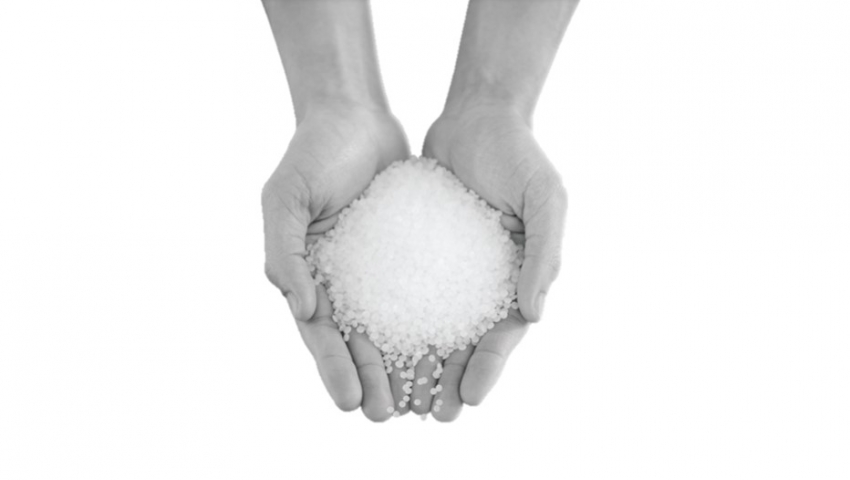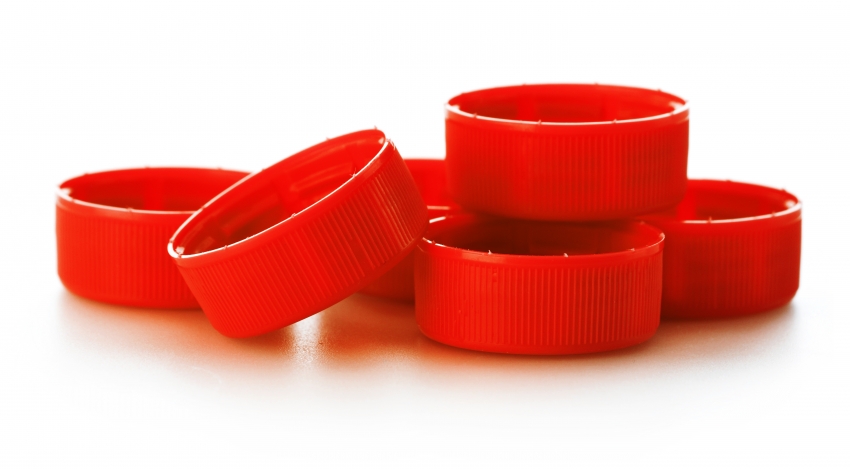Drink containers are among the items that are extensively used and constantly being developed. And by 2022, it is projected that the global packaging market will reach a value of $980.4 billion. However, environmental conservation movements and widespread support for sustainable packaging raise the question, "What impact do our drink containers have on the environment?"
The analysis, written by Professor Ian Williams and Alice Brock of the University of Southampton and published on the website The Conversation, presented the environmental impacts of the five different soft drink containers. As a leader in material sciences in Thailand and the region, SCG Chemicals has gathered information in this article. Let's see what rank "plastic" belongs to.
Fifth place: glass bottles
It may surprise you that glass bottles are listed bottom of this list. Glass, according to most people's perceptions, is the most environmentally friendly material. However, the study reveals that the material we believe has the least impact on the environment requires the greatest natural resources and energy to produce of all ranked items.
Glass production necessitates the extraction of raw materials such as silica sand and dolomite, which can result in pollution that, when inhaled, can cause the lung condition silicosis. High temperatures are also required to melt these materials, a process heavily reliant on fossil fuels, which are energy consumables derived from oil, oil shale, oil sand, coal, and natural gas. During the production process, the glass emits carbon dioxide, which is one of the greenhouse gases.
The analysis conducted by Ian Williams and Alice Brock of the University of Southampton also reveals:" A one-liter glass bottle can weigh up to 800g, while a similar plastic bottle weighs around 40g. That extra weight means vehicles transporting glass bottles consume more fossil fuels to deliver the same amount of liquid. For these reasons, we found that glass bottles have about a 95% bigger contribution to global warming than aluminum cans."
Fourth place: recycled glass bottles
If we believe that any material will appear more environmentally friendly if it carries the word "recycled," we are mistaken. That is most likely inaccurate. Recycled glass bottles are ranked fourth among the world's most environmentally friendly drink container materials.
Although the process does not begin with mining, extraction, processing, and transportation, recycling glass still requires a significant amount of energy to melt. Using more energy also means emitting more greenhouse gases. And the glass may release carbon dioxide again during the process.
Third place: plastic bottles
Plastic is ranked third in terms of sustainability for beverage containers. Because of its robust, chemical-resistant, and lightweight properties, it can be transported with fewer emissions. As a result, plastic bottles were ranked third in the study's analysis.
SCG Chemicals has developed SMXTM Technology to create HDPE with higher performance while yet retaining excellent mechanical qualities. The product uses fewer plastic resins while maintaining the same strength. The technology can produce HDPE for multiple applications. One of the notable examples is the bottle cap that has exceptional lightweight quality produced from SCG™ HDPE SX002J and SX002JA, which can reduce the amount of precursor material used by up to 30%, thereby reducing energy consumption during the molding process and eliminating greenhouse gas emissions before the bottle cap reaches the customer's hands.
Second place: aluminum cans
Aluminum cans come in second place. This material is more environmentally friendly since it uses less energy and resources. In other words, producing glass and plastics requires a considerable amount of electricity.
Aluminum, on the other hand, has its own set of environmental consequences. Because aluminum is not found in nature as pure minerals but rather as bauxite compounds that must be extracted. The extraction process uses a lot of energy and may contain contaminants that harm the water sources.
First place: recycled aluminum cans
The analysis of Professor Ian Williams and Alice Brock of the University of Southampton found that recycled aluminum cans were the least environmentally damaging single-use container. One of the primary reasons is that aluminum can be recycled indefinitely without losing its characteristics. This eliminates the requirement for additional resources to be mined or transported. Recycling aluminum can saves 95% of energy it would otherwise use.
Surprisingly, aluminum is not always recycled. The UK's recycling rate for aluminum packaging is just 52%.
Although efforts have been made to rank these materials to demonstrate their environmental impact, encouraging the recycling of these materials to the greatest extent possible and educating the public on how each material is valuable and that we should assist in sorting it promptly after use and at source will result in a more sustainable way of natural resource usage. SCG Chemicals has served as a model and advocated for such practices through the concept of "Resource Maximization, Correct Sorting, and Proper Disposal."
Sources:







